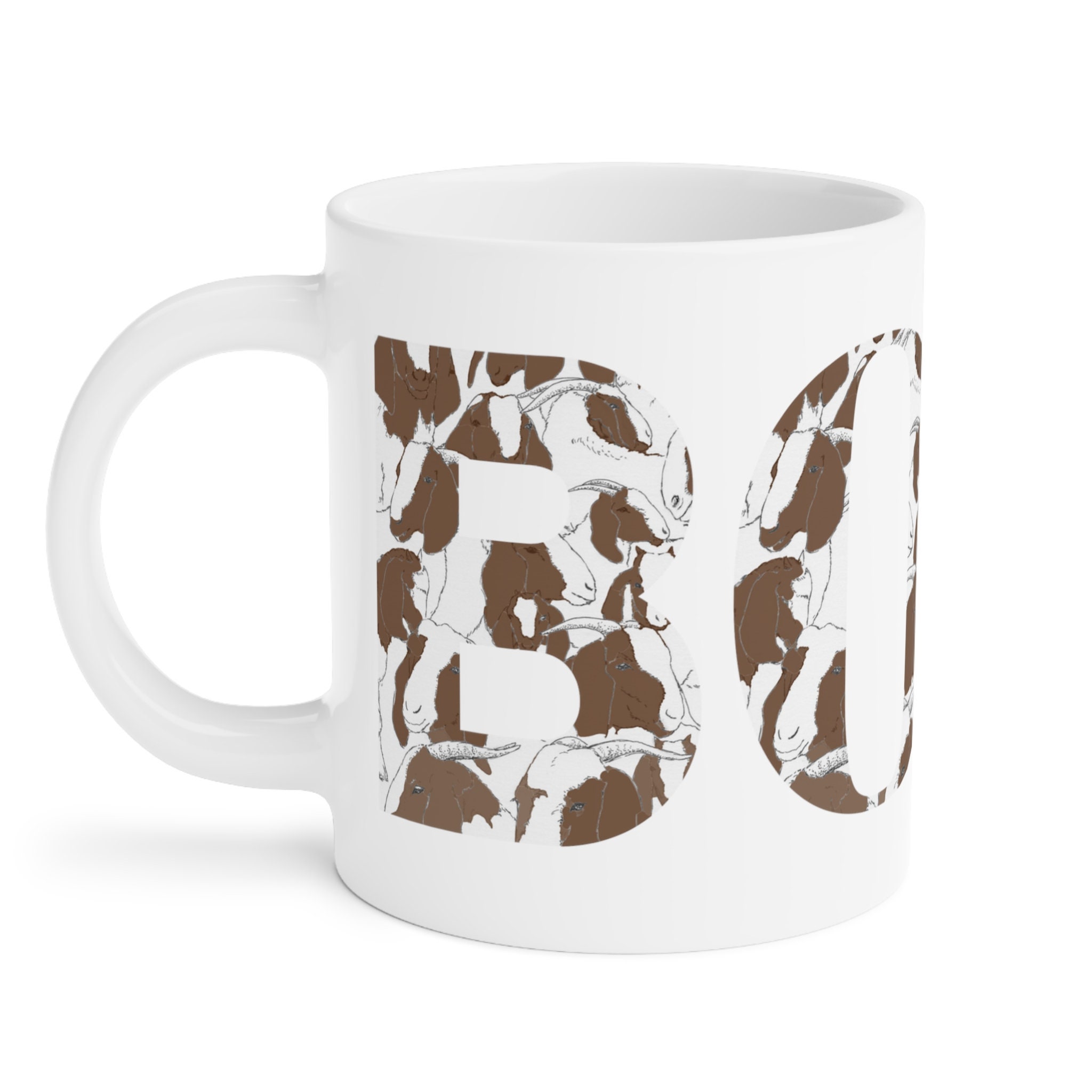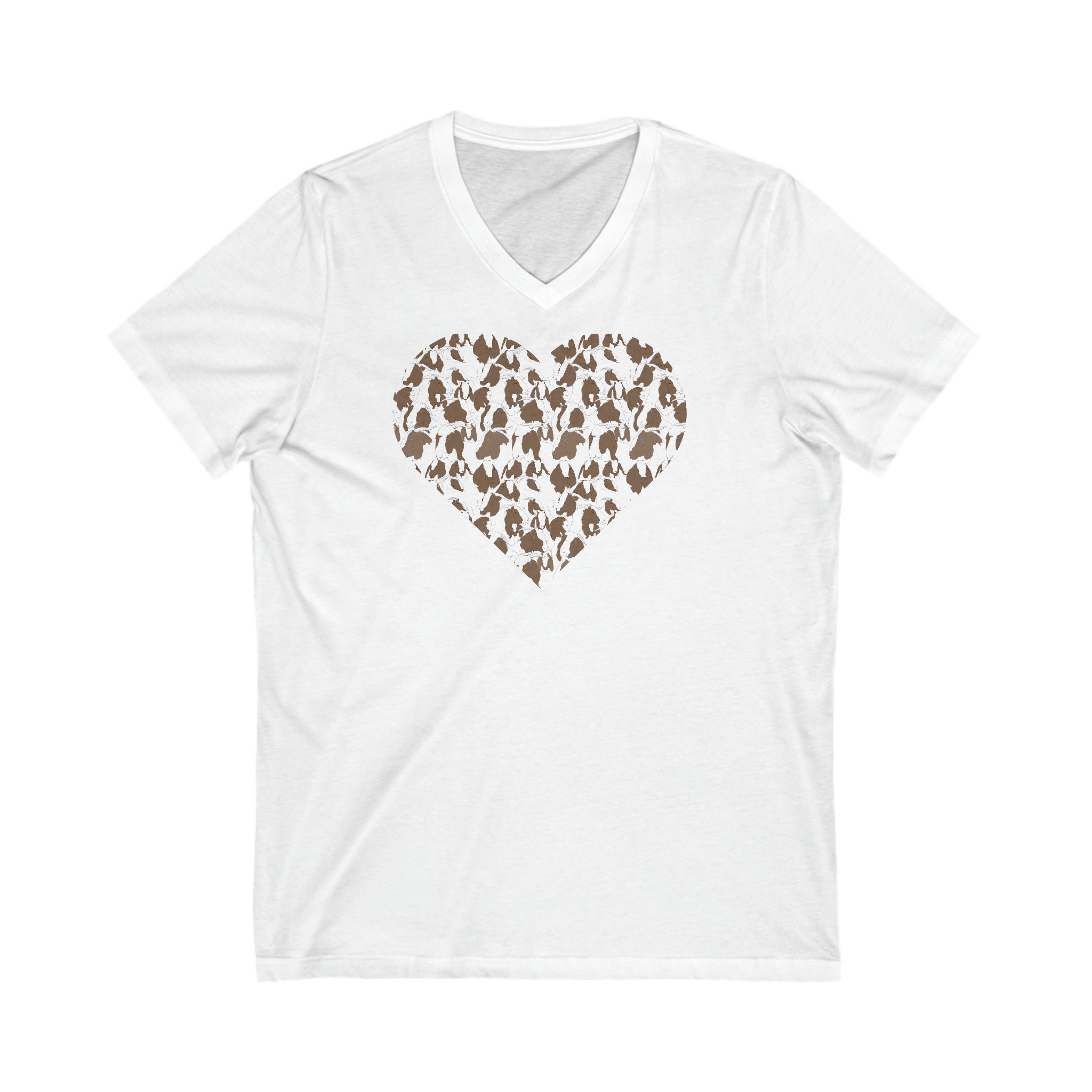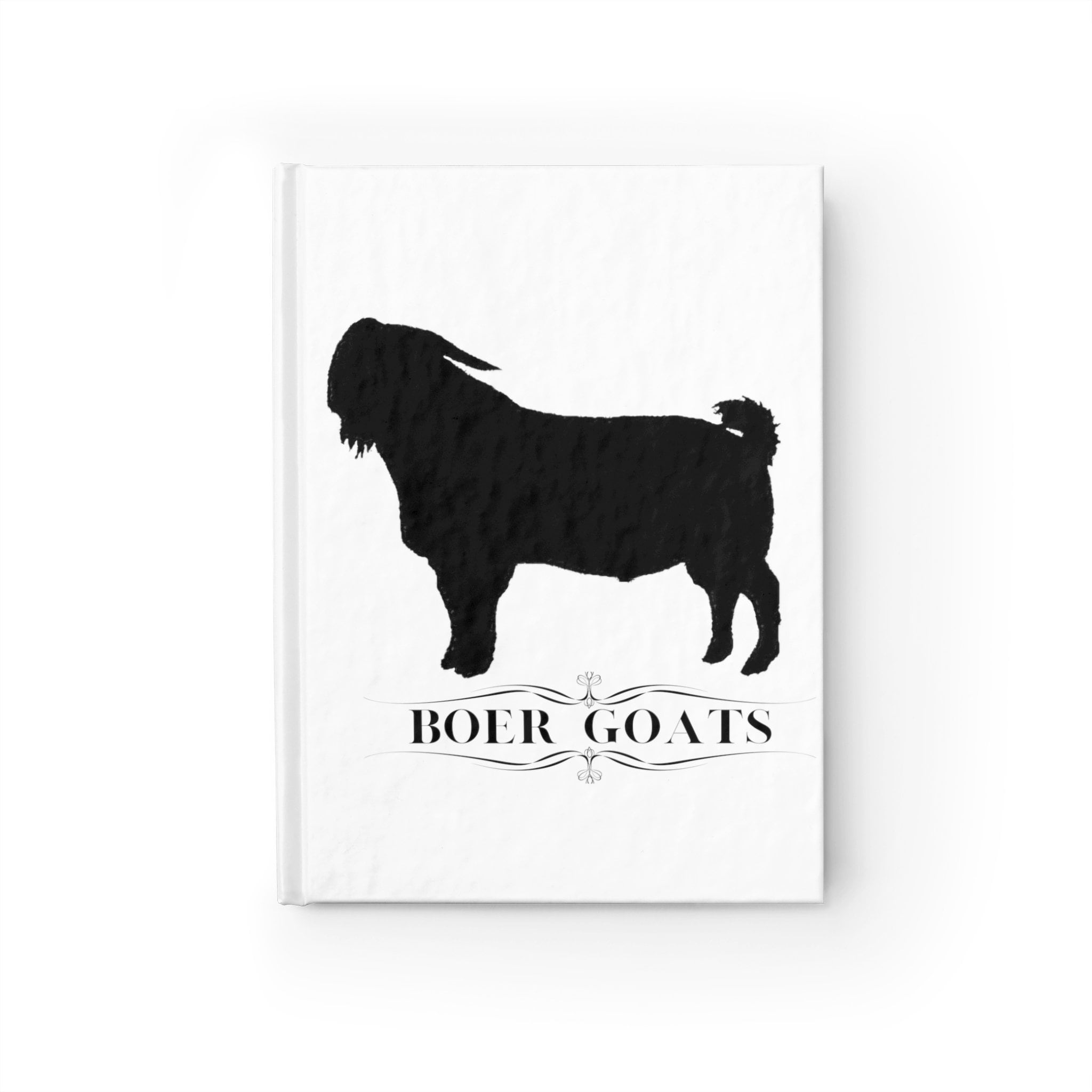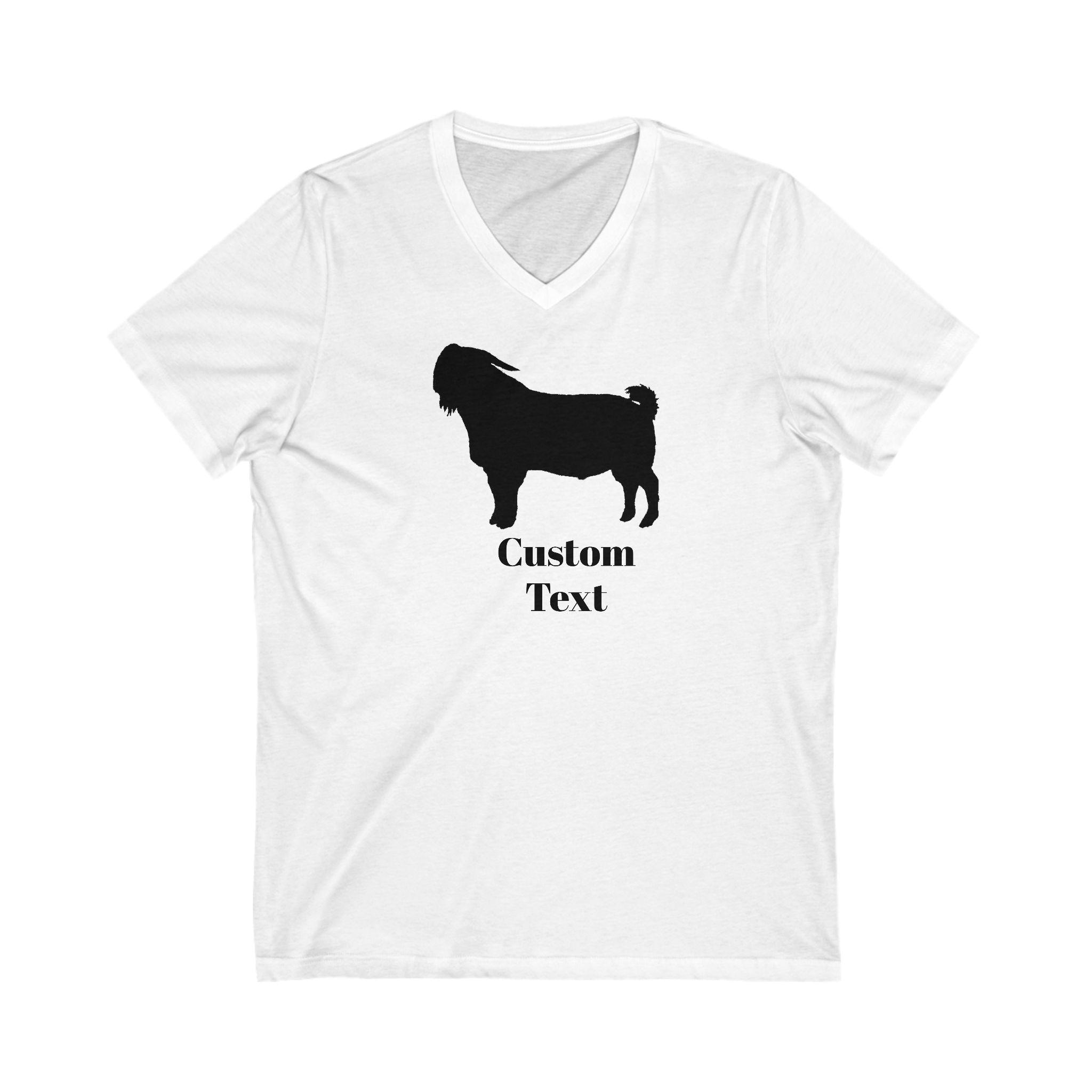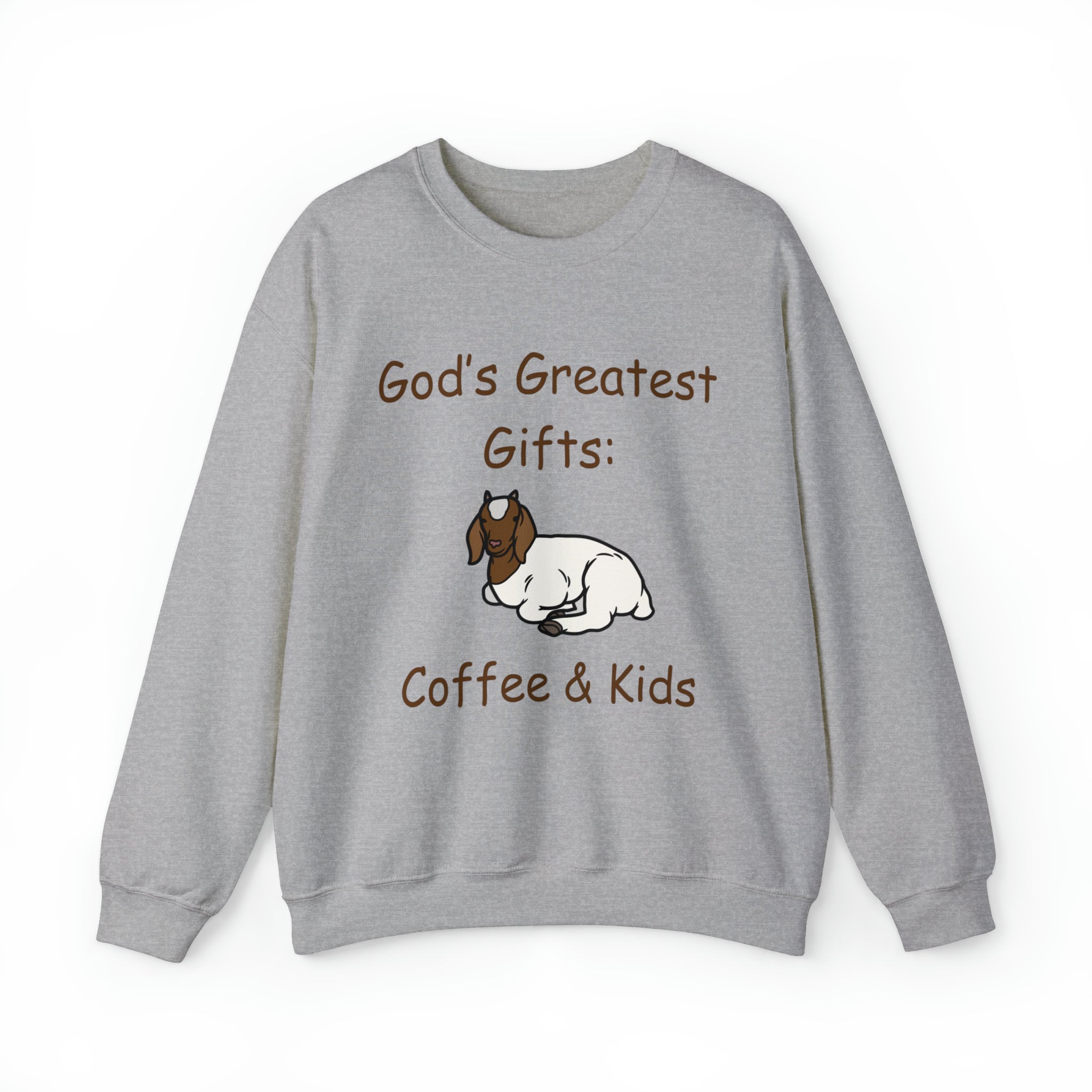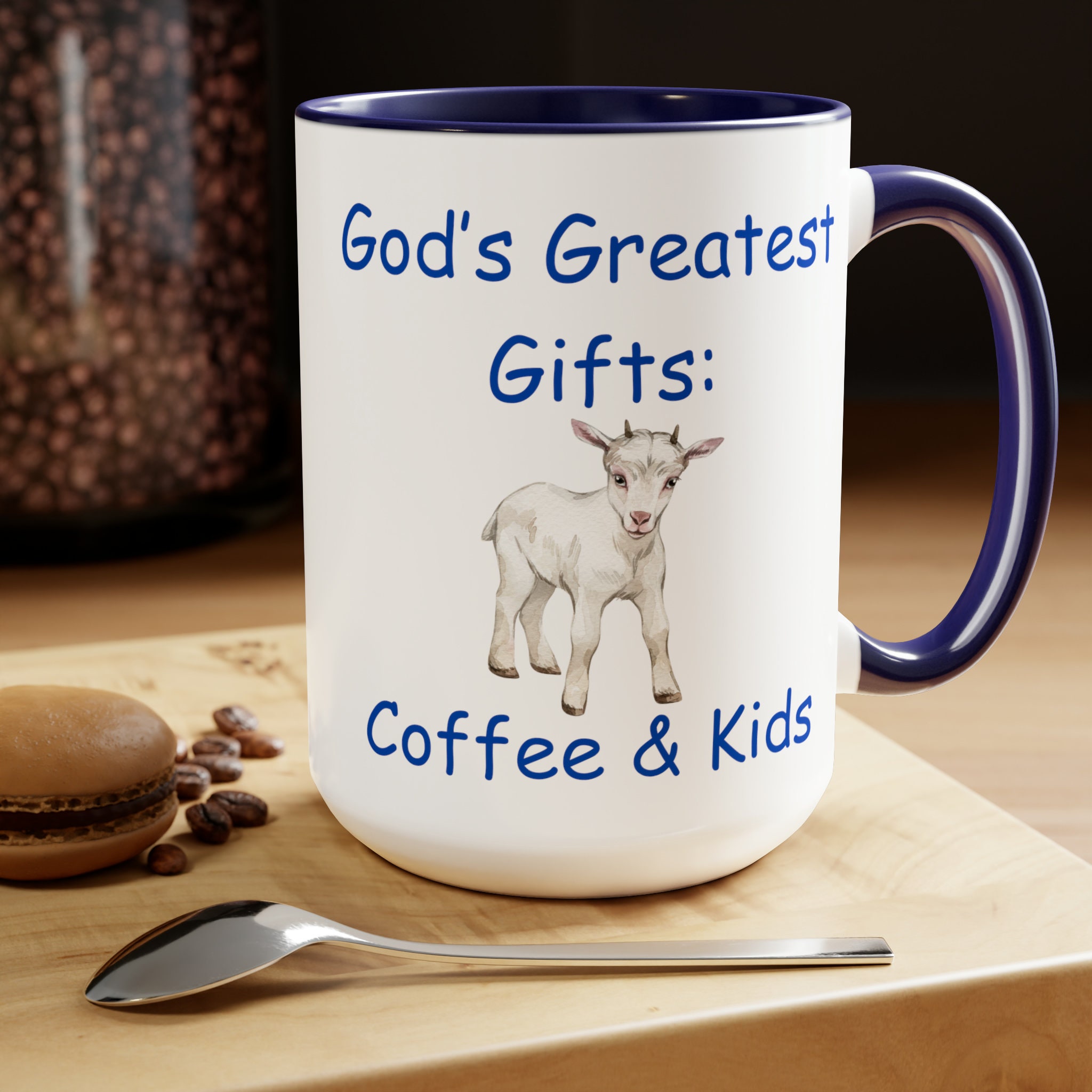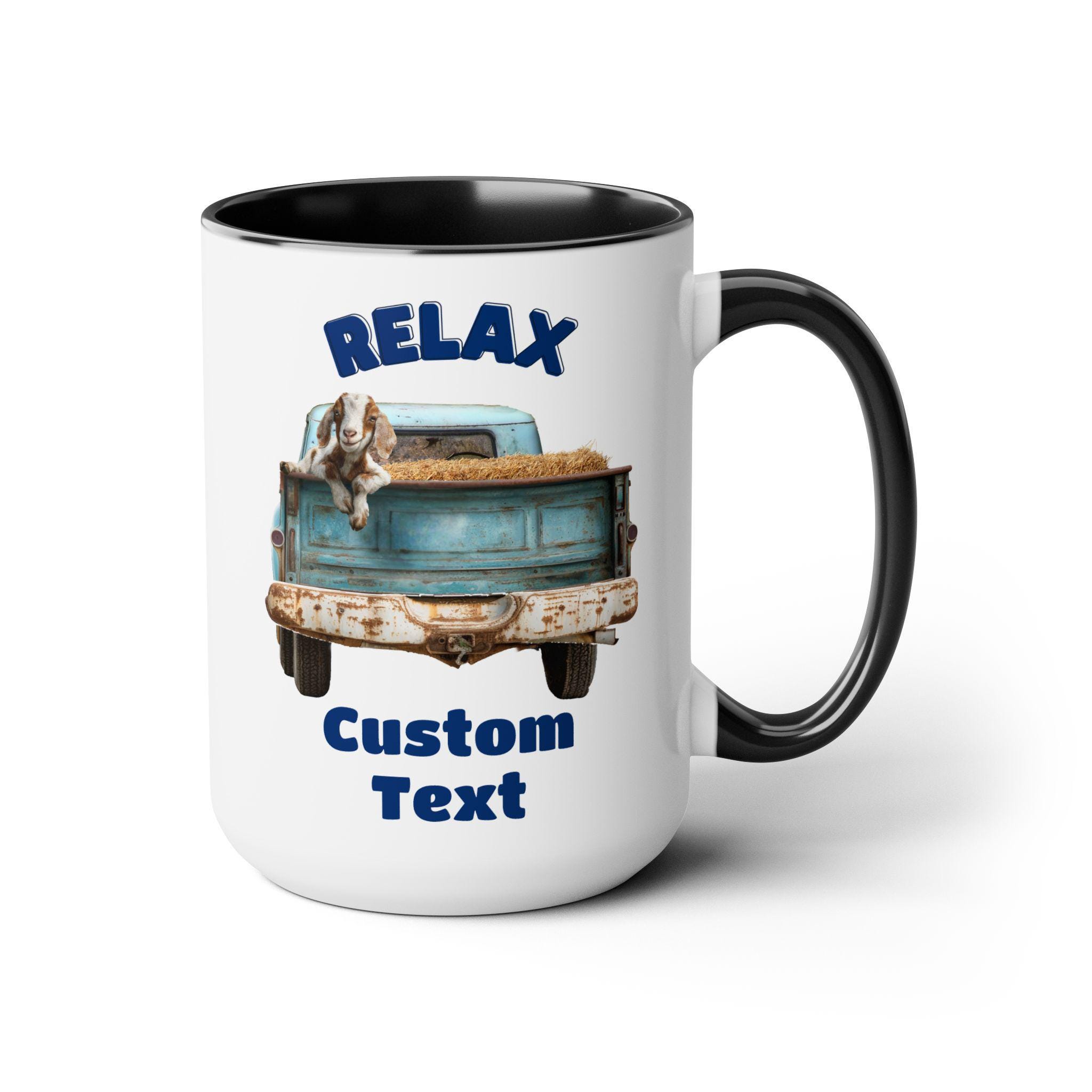Boer and Meat Goat Anatomy
General Appearance
The meat goat should give an impression of size and strength. The bucks should be substantially larger than does with a broad chest, a strong back and double muscled rump. Their head should be broad with a convex nose and horns that curve back. Does should also appear broad with a firm stance, meaty chest and strong rump and thighs; but with a more feminine appearance. The overall appearance should be that of a strong, well built meat producer.
Front End Assembly
In bucks, the neck should be well fleshed and of moderate length in proportion to the length of the body. Does should have a more feminine extension of the neck. The breastbone should be wide and deep into the brisket. The shoulder should be wide and smooth across the top to demonstrate volume and rest flush against the withers. The front end assembly should be of sufficient height to be slightly elevated over the back.
Defects of the front end assembly include loose, winged or open shoulders, narrow chest or pinched heartgirth, a neck that is too narrow or short, a "U" shaped neck, a protruding breastbone.
Back Configuration
The back should be broad and long. A slight dip behind withers is permissible to allow rotation. The wide loin should be long and well covered. The rump should be long and slightly level. Hindquarters should have good extension to fully fleshed thighs. Thigh should be round, well muscled and extend far down the back leg. Pinbones should be wide and well placed. The tail must be straight where it grows out of the dock and swing to either side.
Defects of the back include the back being too concave, the loin too narrow or short or lacking covering, the back lacking length throughout, a wry or broken tail, pinbones that are too narrow, a sway back, a steep rump, too long in the shank, flat hindquarters or rump.
Legs, Pasterns & Feet Construction
Front legs should be straight and long enough to give sufficient height to front end assembly. Front legs should be placed in correct proportion to the front end, and directly under the withers. Front pasterns should be short and straight. Front and rear hooves should be black and have tight toes that are pointing directly forward. Back legs should be set wide apart and straight when viewed from the rear with clean hocks. A good balance between bone refinement and strength is essential. The rear legs should be nearly perpendicular from hocks to pasterns when viewed from the side. Rear pasterns should be short to medium length. Feet should be strong with tight toes pointed directly forward with deep heels and the sole nearly uniform in depth from heel to toe. Animal should track with sufficient width between legs both fore and rear.
Defects of the feet and legs include knees that are too close, enlarged knees, legs that are too fleshy or too thin, weak pasterns, crooked feet, hind legs too close together, sprung pasterns, or bowed over knees.



